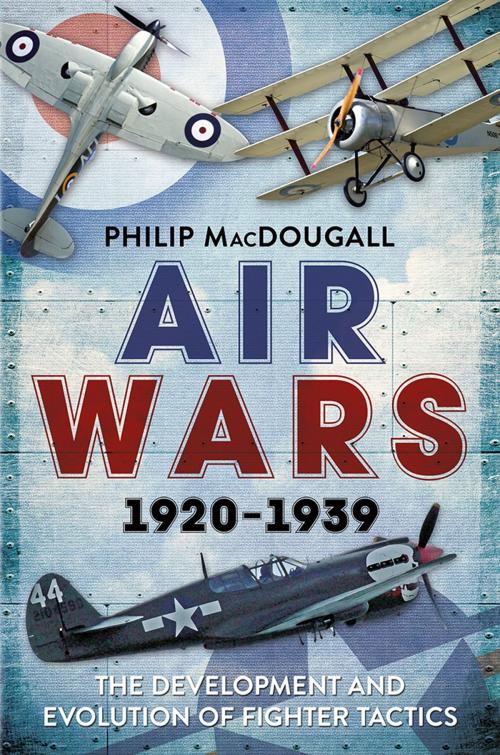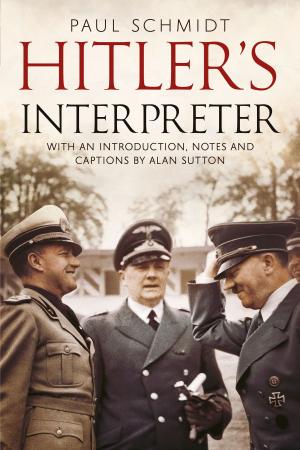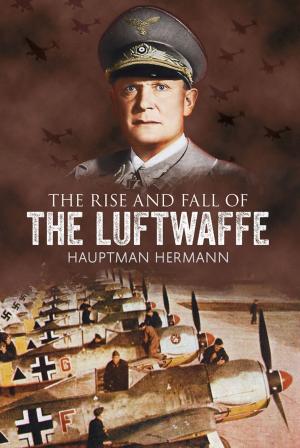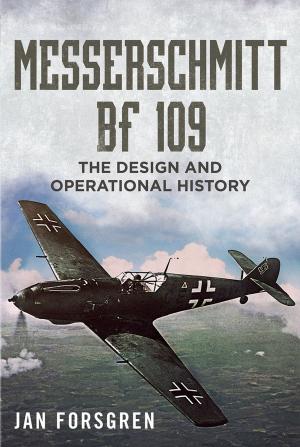Air Wars 1920-1939
The Development and Evolution of Fighter Tactics
Nonfiction, History, Military, Pictorial, Strategy, Aviation| Author: | Philip MacDougall | ISBN: | 1230001514100 |
| Publisher: | Fonthill Media | Publication: | January 20, 2017 |
| Imprint: | Language: | English |
| Author: | Philip MacDougall |
| ISBN: | 1230001514100 |
| Publisher: | Fonthill Media |
| Publication: | January 20, 2017 |
| Imprint: | |
| Language: | English |
Spain (1936-9), China (1937 onwards), Mongolia (1939), Finland (1939-40) and France (1939-40) were a testing ground for a new approach to air tactics with western democracies and totalitarian states analysing the resulting lessons. Attention in Air Wars 1920-1939: The Development and Evolution of Fighter Tactics is given to the means by which intelligence on aerial tactics was collected and why it was not always fully absorbed, resulting in many nations having to relearn the same lessons at the outset of the Second World War. Finland, during the Winter War, while not involved in Spain or any other air war of the time, better applied the lessons being learned than that of the Soviet Union, which had been directly involved in air wars fought over China, Mongolia and Spain. In the case of Britain, not only were the lessons of Spain ignored, but so too that of its own experimental fighter unit, the AFDE (Air Fighting Development Establishment) that had been formed in 1934 and which was reinforcing the intelligence received from those real air war conflicts.
Spain (1936-9), China (1937 onwards), Mongolia (1939), Finland (1939-40) and France (1939-40) were a testing ground for a new approach to air tactics with western democracies and totalitarian states analysing the resulting lessons. Attention in Air Wars 1920-1939: The Development and Evolution of Fighter Tactics is given to the means by which intelligence on aerial tactics was collected and why it was not always fully absorbed, resulting in many nations having to relearn the same lessons at the outset of the Second World War. Finland, during the Winter War, while not involved in Spain or any other air war of the time, better applied the lessons being learned than that of the Soviet Union, which had been directly involved in air wars fought over China, Mongolia and Spain. In the case of Britain, not only were the lessons of Spain ignored, but so too that of its own experimental fighter unit, the AFDE (Air Fighting Development Establishment) that had been formed in 1934 and which was reinforcing the intelligence received from those real air war conflicts.















